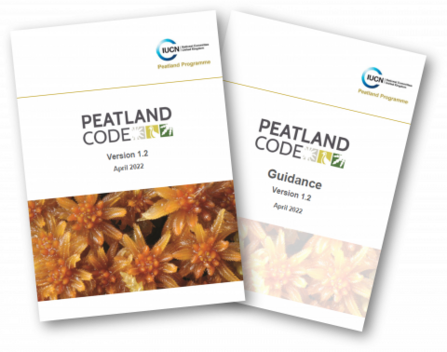NOTE TO SELF - THIS PAGE STILL NEEDS WORK re links
An update to the Peatland Code, including a separate guidance document, is now available.
Version 1.2 of the Peatland Code presents the requirements of the Peatland Code with supporting guidance alongside.
Projects can continue use version 1.1 of the Peatland Code until the 1st August 2022. From the 1st September all validations and verifications must happen against Peatland Code v1.2.

